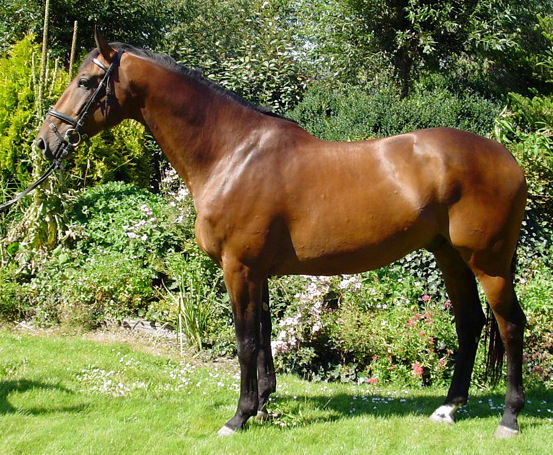The end of World War II (WWII) meant that horses were used less on farms throughout Europe. Instead, mechanized farming methods became increasingly popular. This spelled the end of several horse breeds, but also birthed new ones. Farm horses were not necessary, but sport horses were in demand, so two breeds (the Gelderlander and the Groningen) were combined to form an entirely new breed with the best qualities of both.
The resulting horse was named the Dutch Warmblood, mostly because it was bred by the Dutch. This new breed inherited the strong hindquarters of the Groningen, making jumping and collection easier, especially in a sport setting. From the Gelderlander the Dutch Warmblood received beautiful action. This meant this new breed was well suited to dressage. But it wasn't until Thoroughbred blood was added to the breed that the Dutch Warmblood truly came into its own. The horse now had the stamina and speed necessary to truly compete with other breeds often seen at sporting events.
The Dutch Warmblood stands 16 to 17 hands high and horses may be of any solid color. This breed is divided into three basic types. Riding horses are used for dressage and jumping, harness horses are used for carriages and other harness work, and Gelders (the more traditional Dutch horse) are used both under the saddle and in a harness. All of these types are strong, elegant, and possess beautiful action. The studbook for these horses, at least in North America, is managed by KWPN of North America, Inc.

No comments:
Post a Comment